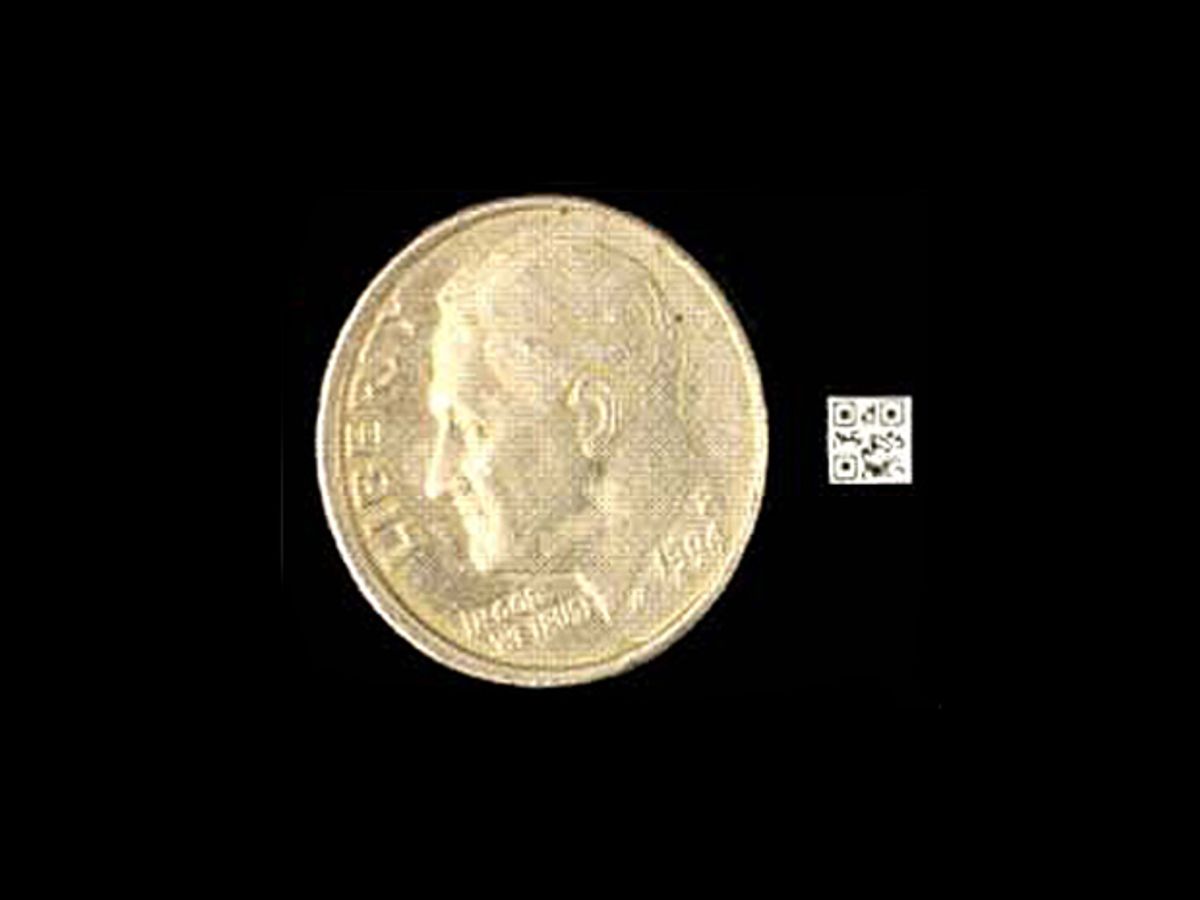
To combat the rising threat posed by counterfeit microchips, researchers from the University of Connecticut now suggest the QR codes often used in ads and signage could be made nearly impossible to hack for use in security.
The UConn researchers claim that their new codes are very difficult to duplicate and decrypt, and could potentially help stem the flood of counterfeit electronics. They detailed their findings in the February issue of IEEE Photonics Journal.
Counterfeit electronics are on the rise, and could pose dangers to national security. For instance, a 2011 Senate Armed Services Committee hearing noted an increasing number of counterfeiting incidents were seen in the Department of Defense supply chain, from 3,868 incidents in 2005 to 9,356 incidents in 2008, mostly involving chips that came from China. In one key case, mission computers for high-altitude missiles used to destroy incoming missiles contained suspect counterfeit memory devices, a problem that cost nearly $2.7 million to fix.
To defend against counterfeiting, researchers at the University of Connecticut suggest enlisting QR codes, square bar codes that smartphones can read to look up information. The new strategy involves scaling the black and white boxes making up a QR code to just a few micrometers or millimeters in size to replace the electronic part number currently stamped on most chips. All the vital information about the chip, such as its function, capacity and part number, can be compressed into this code so a smartphone can obtain it without accessing the Internet, reducing its vulnerability to hacking.
To protect the data on this microscopic QR code, the researchers first encrypt it using double-random-phase encryption, scrambling it to resemble the snowy mass of black and white dots seen on television noise. They add an extra layer of security using photon-counting imaging techniques used to detect extremely low amounts of light, turning this snowy picture into a dark field sprinkled a few pixels of light, a sparse image they say is more robust against hacking.
Charles Q. Choi is a science reporter who contributes regularly to IEEE Spectrum. He has written for Scientific American, The New York Times, Wired, and Science, among others.



